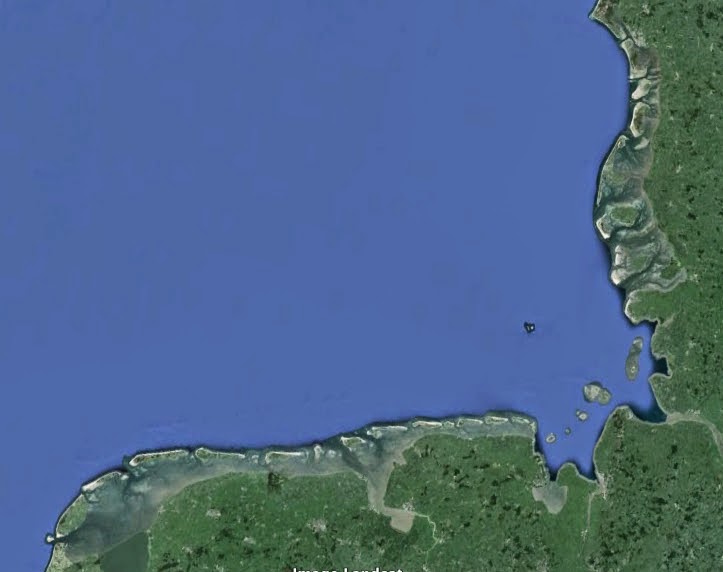The Earth is not flat, and it is certainly not round!

One year ago my friend went on a journey on the ' Oosterschelde ', he sailed from New Zealand to the Falkland Islands crossing the South Pacific and rounded Cape Horn. Together with other sailing enthusiasts, he endured the elements of the ocean and enjoyed the many exciting times he had onboard. As you may have read in my previous post , I gave him a GPS receiver for an experiment I wanted to do. He placed it on board in good view of the sky and turned it on. Despite several reception losses (storms or other effects), the data clearly shows the path of the journey. They started in Auckland, New Zealand, where they departed on the 30th of October 2013, to set sail to Chatham Island. This small island is governed by New Zealand and is closely situated to the International Date Line. Lets say the day starts on Chatham Island. After a small visit on the interesting island, the 'Oosterschelde' and its travelers started the long crossing of the South Pacific. The cros...








